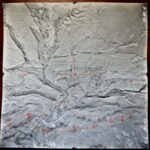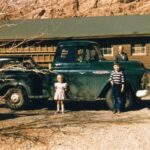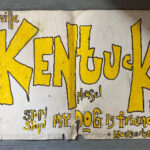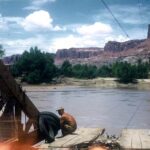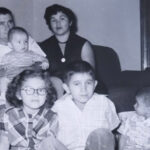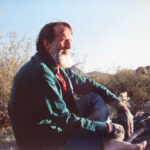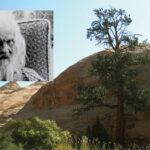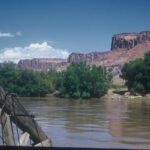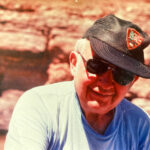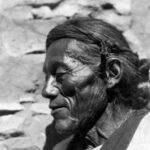
The position of these men (like John Wesley Powell) and many others in the Federal Government was that Native Americans were stuck in the barbaric stage and needed to be civilized. The Bureau of Indian Affairs, since their inception in 1849, implemented a number of unsuccessful strategies to bring the Indians “up” to modern intellectual and moral standards, while failing to acknowledge that the divide was fundamentally a philosophic one. William Henry Holmes, who had responded to B. K. Wetherill’s first letter, later expressed the violent aspect of the government approach. He believed that the dominant culture was destined predominate and that “the complete absorption or blotting out of the red race will be quickly accomplished. If peaceful amalgamation fails, extinction of the weaker by less gentle means will do the work.
Powell elaborated on Morgan’s theory in two articles: “From Savagery to Barbarism” and “From Barbarism to Civilization”. He maintained that civilized society is not only technologically and intellectually superior, but morally superior as well. “In savagery, the beasts are gods; in barbarism, the gods are men; in civilization, men are as gods, knowing good from evil,” he wrote.

